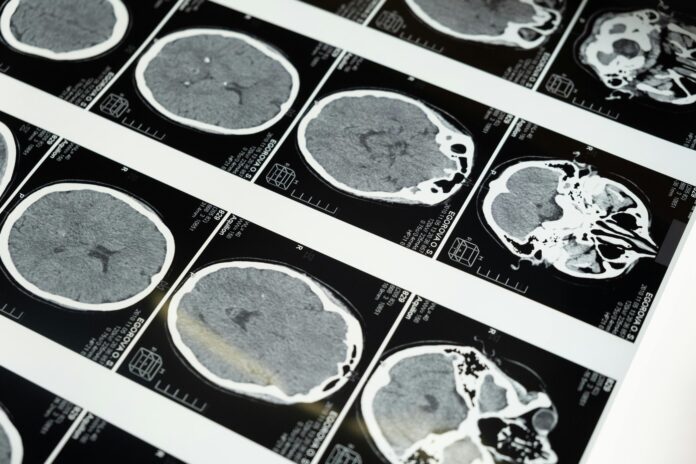Amyotrophic Lateral Sclerosis, or ALS, is a neurodegenerative disease that impairs nerve cells responsible for muscle function. This can lead to loss of muscle control, paralysis, and eventually death. The average lifespan after an ALS diagnosis is two to five years.
A team of researchers at Western University, led by Dr. Michael Strong, has discovered an interaction between two proteins that could help slow or even reverse disease progression. A fragment of the RGNEF protein, named NF242, has shown promise in mitigating the effects of the TDP-43 protein, which plays a crucial role in ALS pathology.
Their findings were published in the journal Brain.
The TDP-43 protein aggregates and becomes dysregulated in ALS, leading to nerve cell death. Strong’s team used fruit flies and mouse models that overexpress TDP-43 to replicate ALS’s pathological features. They found that introducing NF242 significantly improved motor function and prevented neurodegeneration in these models.
This groundbreaking study is the first to show that a protein fragment can bind to TDP-43 and have a therapeutic effect. The results include improved motor function, increased lifespan, and reduced neuro-inflammation in a mouse model of ALS.
One of the key insights from this study is that it may not be necessary to eliminate toxic aggregates to achieve a therapeutic effect. Instead, blocking these aggregates with a harmless protein like NF242 could be just as effective. This finding could shift the focus of ALS treatment strategies towards blocking toxic aggregates rather than removing them.
In the ALS mouse model, the effect of NF242 lasted for about five to six weeks, indicating strong therapeutic potential. This duration is particularly promising given the severe progression of the disease and the high expression of TDP-43 in these models.
In conclusion, this research suggests that a therapeutic strategy using NF242 or a biologically active fragment of it could hold promise for treating TDP-43-related neurodegenerative diseases. Future efforts will focus on optimizing the size and structure of NF242 to maintain its biological activity while minimizing side effects.
Combining this approach with drugs targeting other aspects of ALS pathology could pave the way for new treatments for ALS.







































